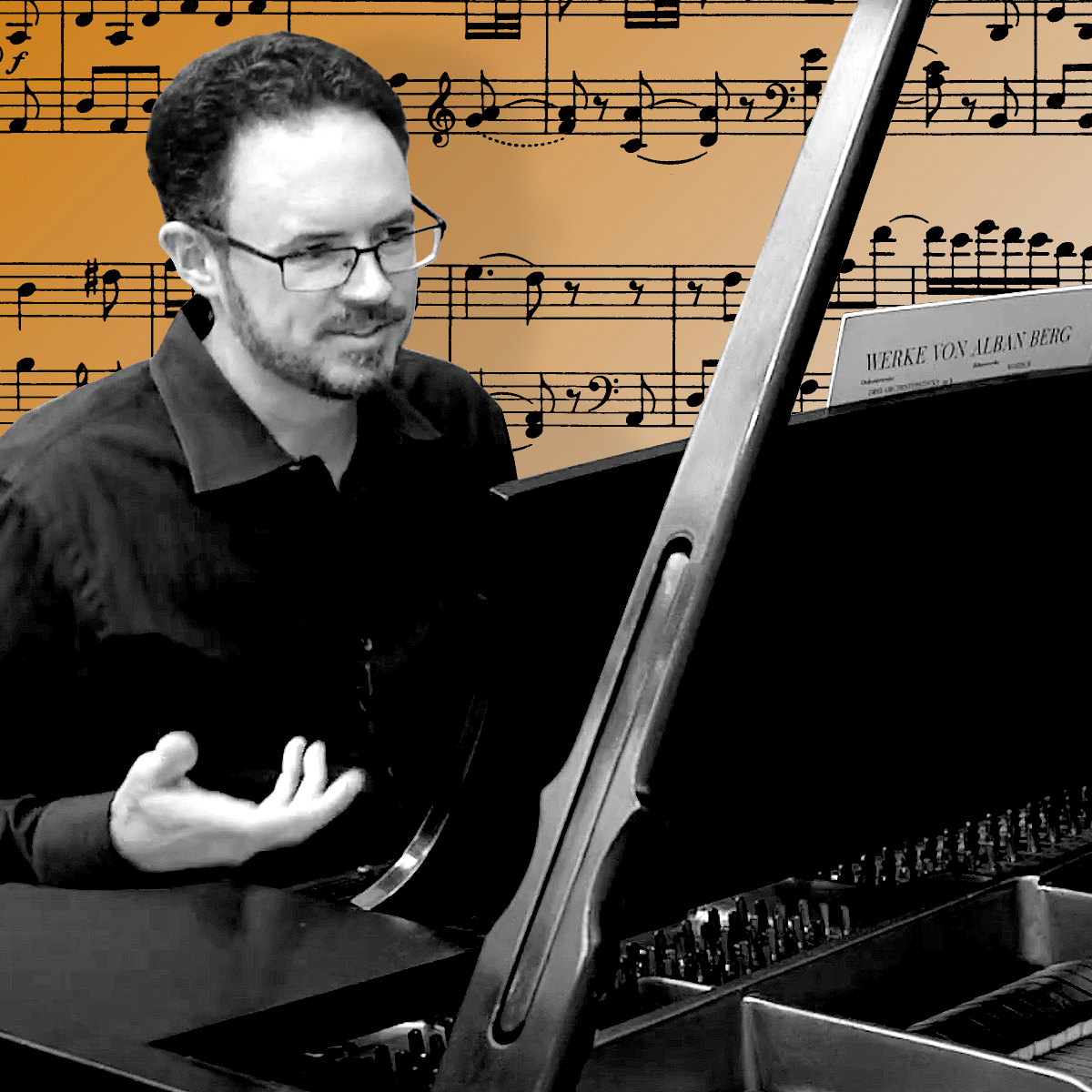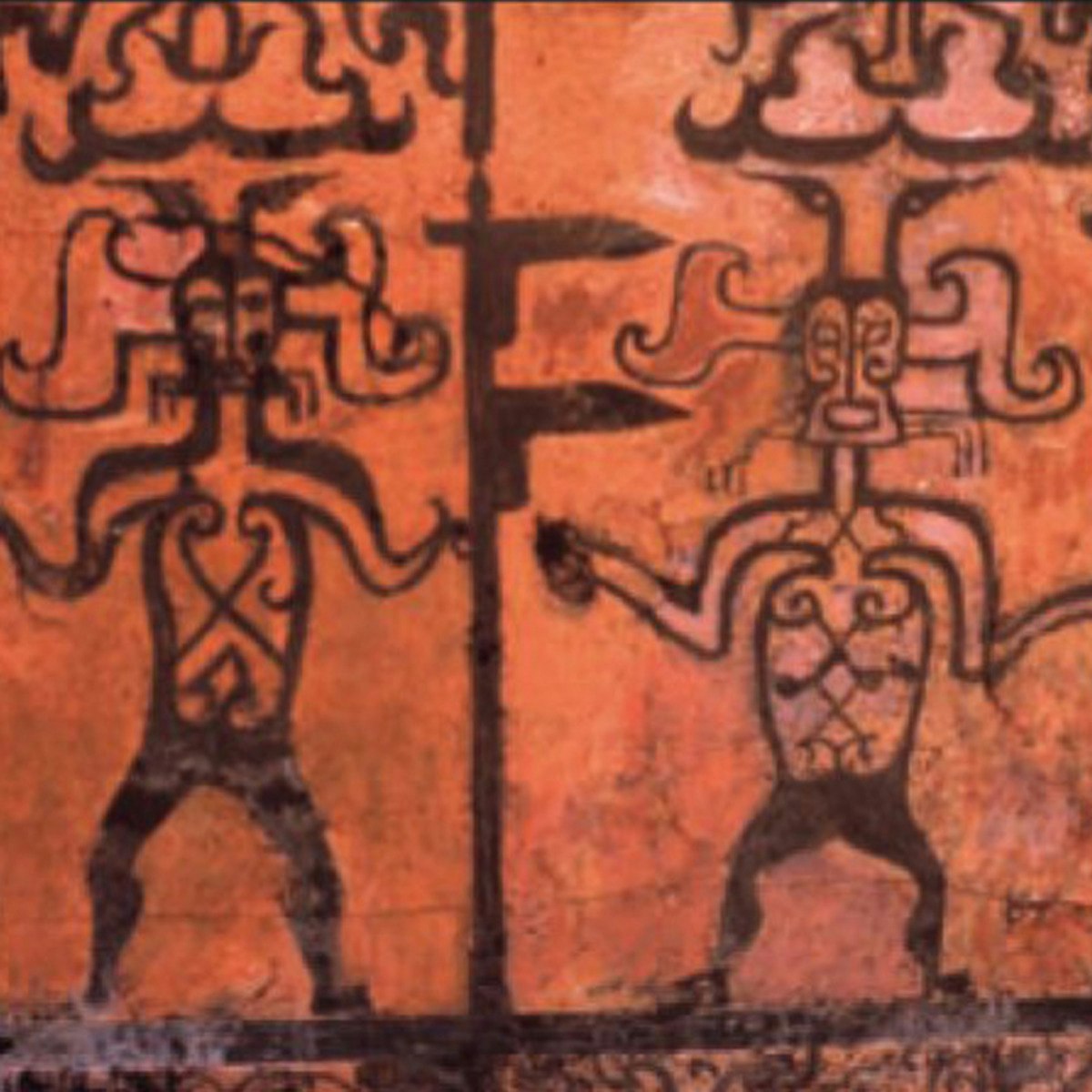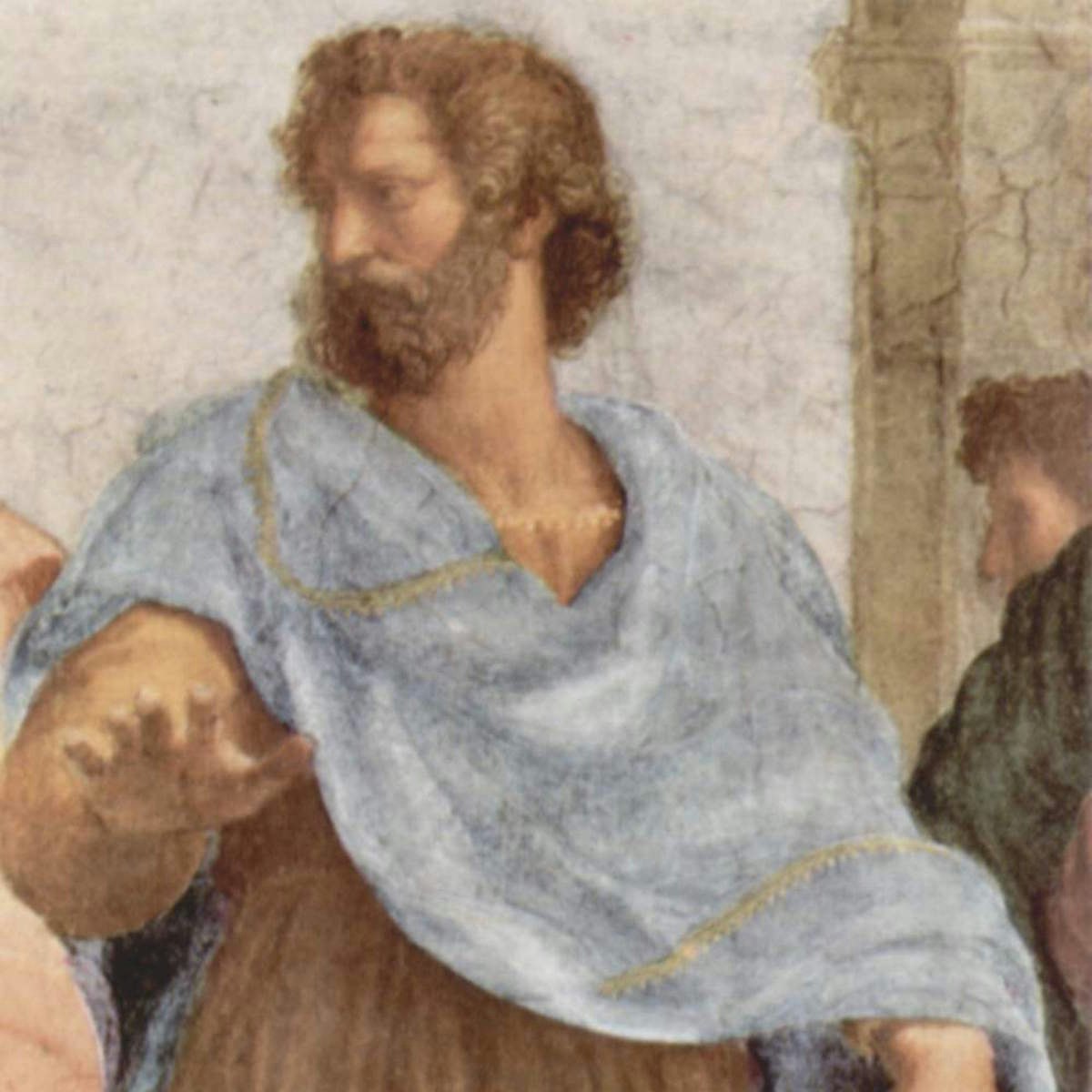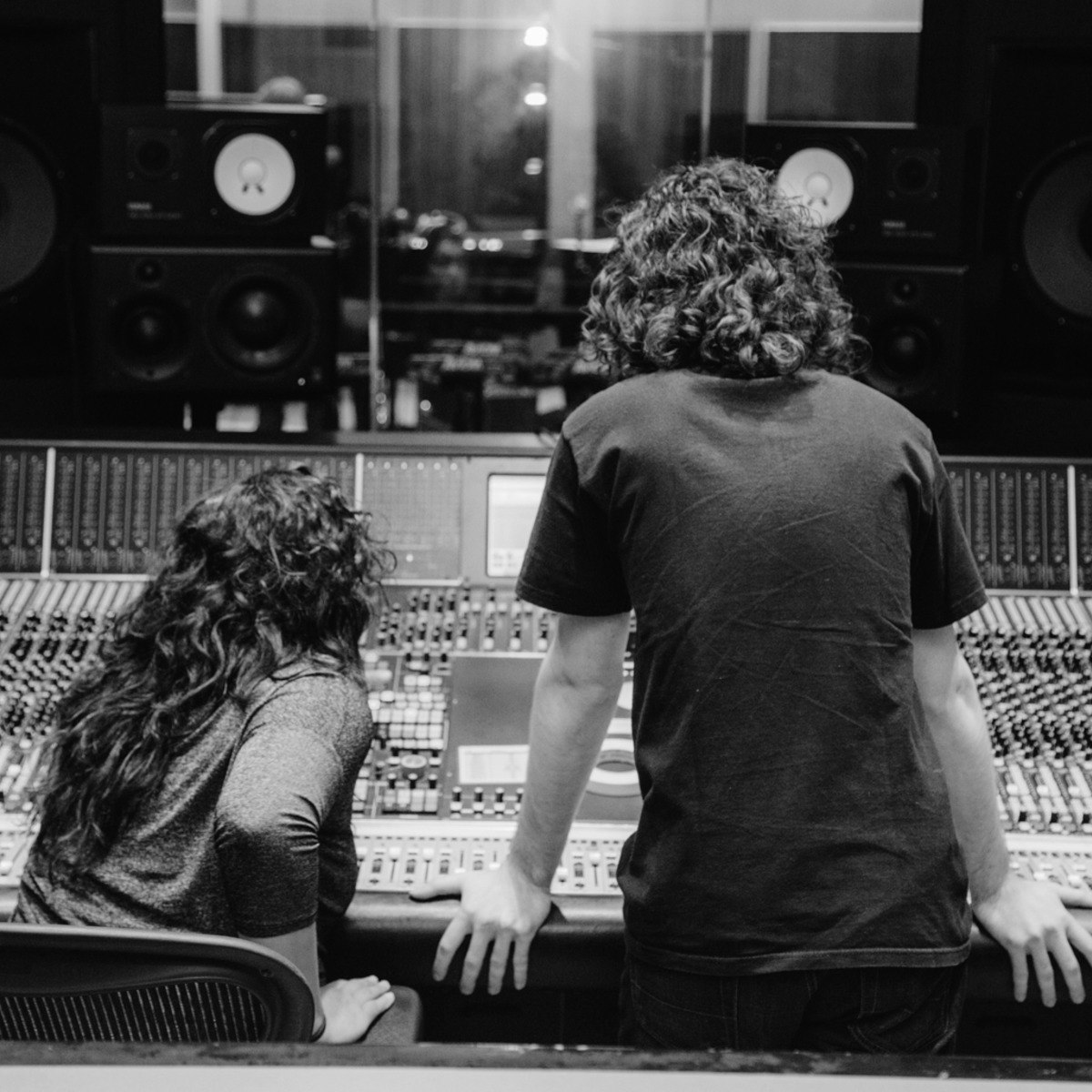Back to Courses









Arts And Humanities Courses - Page 36
Showing results 351-360 of 464

Antisemitism: From Its Origins to the Present
In this course, 50 leading scholars from all over the world will explore questions and issues relating to antisemitism including: what is antisemitism? How has it changed throughout history? Why can it be found among so many diverse cultures, and even among opposing ideologies? What happened to antisemitism after the Holocaust? How is antisemitism expressed today, and what are the main spheres in which it can be found?

Start the UX Design Process: Empathize, Define, and Ideate
Start the UX design process: Empathize, Define, Ideate is the second course in a certificate program that will equip you with the skills needed to apply to entry-level jobs in user experience (UX) design. In this course, you’ll complete the first phases of the design process for a project that you’ll be able to include in your portfolio. You will learn how to empathize with users and understand their pain points, define user needs using problem statements, and come up with lots of ideas for solutions to those user problems.
Current UX designers and researchers at Google will serve as your instructors, and you will complete hands-on activities that simulate real-world UX design scenarios.
Learners who complete the seven courses in this certificate program should be equipped to apply for entry-level jobs as UX designers. No previous experience is necessary.
By the end of this course, you will be able to:
- Empathize with users to understand their needs and pain points.
- Create empathy maps, personas, user stories, and user journey maps to understand user needs.
- Develop problem statements to define user needs.
- Generate ideas for possible solutions to user problems.
- Conduct competitive audits.
- Start designing a mobile app, a new project to include in your professional UX portfolio.

The Piano Sonata: Russian and 20th-21st Century Composers
In this course, you’ll review sonata form and learn how the piano sonata was revitalized in the 20th century, with a particular attention to composers from Russia, where the sonata was an especially popular and successful genre. You’ll study some of the most influential piano sonatas of the 20th century, in both Neo-Classical and avant-garde styles. This course will also expose you to a variety of lesser-known and more recent compositions, showing how the piano sonata genre continues to expand and to thrive.
This course was filmed at the University of Michigan School of Music, Theatre & Dance, among other locations, to showcase the depth of the sonata repertoire and the instruments that contributed to its history.

Effectively delivering the news to your audience
Being a successful journalist is more than hunting down information. How journalists process the information, then put it together, are key steps for news reports. You will learn the process, planning, requirements of how journalists develop their news reports. There are many ways to report news reports, and you will learn different forms of how to perform reporting and writing to serve different audiences. This course also explains the different formats within journalism, beyond the written word and how they are best utilized.

Intellectual Change in Early China: Warring States and Han
This sequence of four courses will propose a multi-disciplinary approach to the study of Chinese cultural history conceived of as a succession of modes of rationality (philosophical, bureaucratic, and economic). The focus will be on the moments of paradigm shift from one mode of rationality to another. For each of these moments, cultural facts and artifacts—thought, literature, ritual—will be examined in relationship to changing social, political, and economic systems.
The first two courses will cover the periods of the Warring States (481-256 BCE) and the Period of Division (220-589 CE), with a brief excursion into the Han (206 BCE-220 CE). The Warring States laid the social and cultural foundations for the emergence of the imperial mode of rationality; the Period of Division saw the Buddhist “conquest” of China and the emergence of a rationality defined by the opposition of the Three Teachings to shamanism, that is, of a clear contrast between elite and popular culture.
The third and fourth courses will focus on the emergence of modern China in the Song-Yuan (960-1368) and of today’s China 1850 to the present. We will see how the modern attack on religion, redefined as "superstition", led not only to religious reform movements but also to a society in which science and the nation became the primary value systems promoted by the state.
The courses are listed below:
A Critical Cultural History of China - Early China I: Intellectual Change in the Warring States and Han (481 BCE-220 CE)
A Critical Cultural History of China - Early China II: Religious Transformation in the Period of Division (220-589 CE)
A Critical Cultural History of China - Modern China I: Religion and Thought in the Song, Jin, and Yuan (960-1368)
A Critical Cultural History of China - Modern China II: Structuring Values (1850-2015)

Responding, Revising and Assessing Student Writings
When writers write, readers respond. Responding to student writing gives teachers one of the most meaningful avenues to help students learn and grow. In this module, learners will identify best practices in effectively responding to student writing. You will also define revision, identify how revision differs from editing, and examine strategies for teaching students how to engage in effective revision. Finally, because writing can also be used for testing, and because all students learn in increments over time, learners will identify a number of strategies for evaluating and assessing student writing, both for individual writings and a student writer’s progress over a period of time. Learners will also consider ways to involve students in both the responding and assessment processes. At the conclusion of this course, learners will have a toolbox full of strategies and practices for these three significant components of any writing class: responding to, revising and assessing student writing.

Ancient Philosophy: Aristotle and His Successors
What is philosophy? How does it differ from science, religion, and other modes of human discourse? This course traces the origins of philosophy in the Western tradition in the thinkers of Ancient Greece. We begin with the Presocratic natural philosophers who were active in Ionia in the 6th century BCE and are also credited with being the first scientists. Thales, Anaximander, and Anaximines made bold proposals about the ultimate constituents of reality, while Heraclitus insisted that there is an underlying order to the changing world. Parmenides of Elea formulated a powerful objection to all these proposals, while later Greek theorists (such as Anaxagoras and the atomist Democritus) attempted to answer that objection. In fifth-century Athens, Socrates insisted on the importance of the fundamental ethical question—“How shall I live?”—and his pupil, Plato, and Plato’s pupil, Aristotle, developed elaborate philosophical systems to explain the nature of reality, knowledge, and human happiness. After the death of Aristotle, in the Hellenistic period, Epicureans and Stoics developed and transformed that earlier tradition. We will study the major doctrines of all these thinkers. Part I will cover Plato and his predecessors. Part II will cover Aristotle and his successors.

Create Icons with Inkscape
By the end of this project, you’ll be able to create system and application icons with Inkscape. Inkscape is a free and open-source program that creates vector graphics. Because they’re vector based, images created in Inkscape are ideal for creating icons. They can be resized and edited quickly—and they’ll stay clear and sharp even after the changes.
During this project, you’ll practice creating line-based icons and solid-fill icons. You’ll practice researching icon requirements, you’ll prepare the Inkscape workspace to create icons, and you’ll create two different icons: a line-art lightbulb and a solid-fill envelope. Then you’ll practice resizing and exporting those images to meet Apple and Android specifications.
By the end of the project, you’ll be comfortable planning and creating icons for iOS, Android, and other systems.
Note: This course works best for learners who are based in the North America region. We’re currently working on providing the same experience in other regions.

How to use the width tool in Adobe Illustrator
In this project, you will learn about the width tool in Adobe Illustrator. When we work on software as advanced as Adobe Illustrator there’s a lot of tools we don’t often use or think about that can elevate your value as a graphic designer. One of those often forgotten tools is the width tool, and it’s incredibly helpful and beautiful. In this project, you will learn what it can do for your designs, how to use it, when to use it, and how to apply it to different scenarios.
It’s important to understand every tool in Adobe Illustrator to actually take advantage of the program itself. It can be intimidating but learning about one tool at a time is the key to understanding and navigating the software correctly.
In this project we will take our time to understand this tool and apply it to many different designs in order to fully understand the power that this tool holds.

Music Production Capstone
After successfully completing the three prior courses of the Music Production Specialization, this capstone experience is your chance to use your talent and accumulated knowledge to create and submit a finished, fully produced song. As you go through milestones, you will work on your own or with other musicians to develop a song and vision for the finished product. You will then plan and execute its production, including recording, editing, mixing, and posting the finished product. All along the way, you will receive feedback from the peer review process, allowing you to tweak and refine your finished song.
Popular Internships and Jobs by Categories
Browse
© 2024 BoostGrad | All rights reserved


